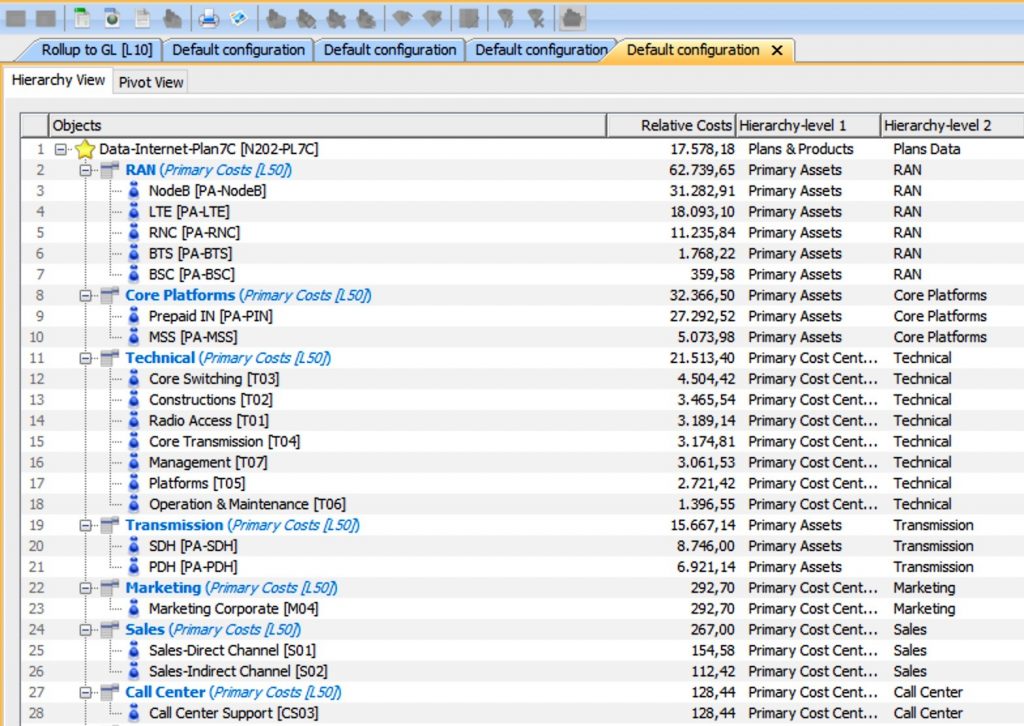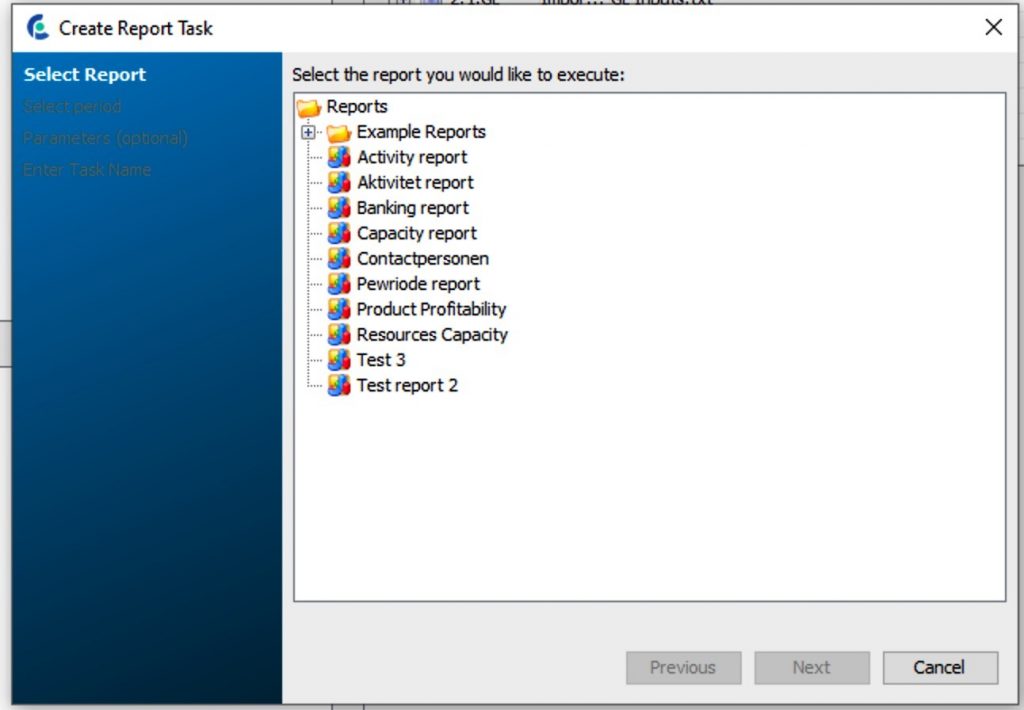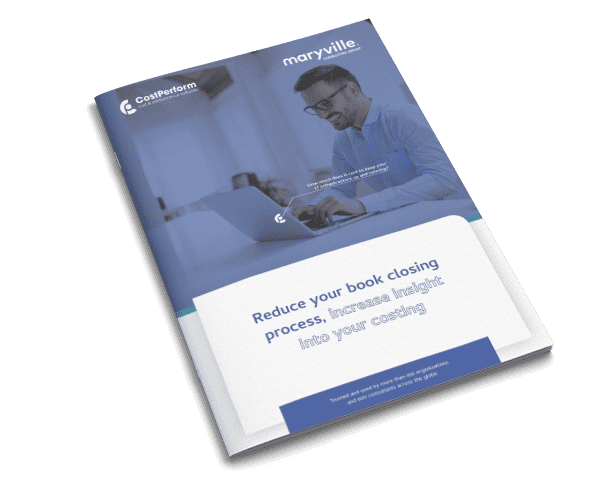As part of our ongoing efforts to bring you the best software, we have just released version 2020.2. As you can see, this version uses a new naming convention: it’s the second regular release of 2020. In this release, we’ve implemented 47 new functions and squashed 61 bugs. This blog highlights the most important changes.
Before you read on
Can’t wait to try the new release of our Cost Management software? Then go to our support site and download CostPerform 2020.2. Don’t have CostPerform yet and you’re curious about how it works and what you can do with our software? Then go to our demo page and request a demo.
Download CostPerform 2020.2
The most important improvements are described below. For the full list, check out the release notes on our website.
Hierarchy Level System Attributes
This version introduces a number of new System Attributes, most notably Hierarchy Level 1-10 (SA_101-SA_110). These attributes contain the steps in the hierarchy for every object (with a maximum of 10 steps). This is basically the Path attribute (SA_75, introduced in version 9.3.2), but then split out into separate attributes. This information can be very useful, e.g. in reporting where you would like to aggregate the information on a specific level of the hierarchy. Another application would be to use this information in conditional drivers.

Report Task
There’s a new type of task available: the Report Task. This task allows you to schedule running a report. The selected report can be displayed on screen, but the most common application would be to export the results of the report to a predefined file.

Bookmark Object/Allocation Grid
It is now possible to bookmark the Object and Allocation grids. This allows you to quickly display a specific set of objects/allocations and attributes, but also to publish this information to the CostPerform Portal.
Using an Attribute for Objects’ Names
Have you ever needed to create a multi-lingual cost model, for instance when working in an international team? That’s now possible. Each user can choose the alphanumeric attribute to use as the names of objects. This can be configured per meta-model. This way, one user sees the objects in English, another in Spanish and yet another in Arabic.
